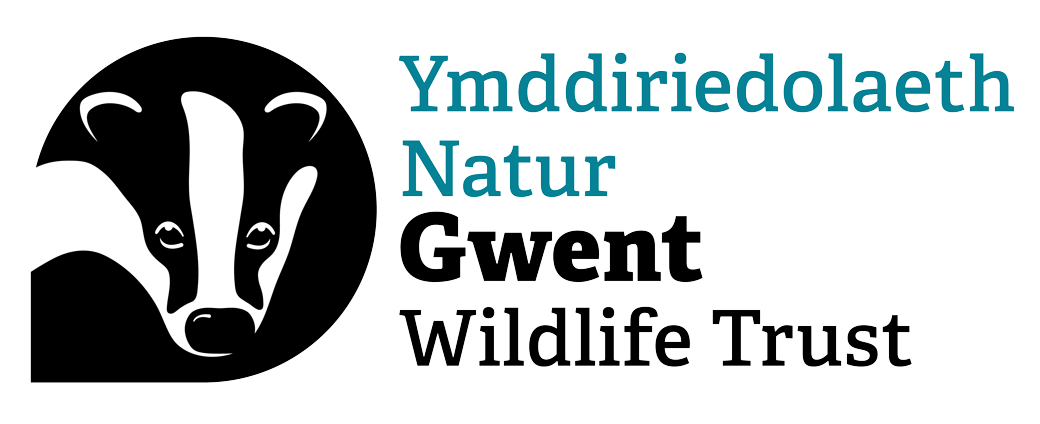Search
Chwilio
How to make a coastal garden
Coastal gardening can be a challenge, but with the right plants in the right place, your garden and its wildlife visitors can thrive.
How to make a bog garden
Instead of draining, make the waterlogged or boggy bits of garden work for nature, and provide a valuable habitat.
How to make a gravel garden for wildlife
Surfaced spaces needn't exclude wildlife! Gravel can often be the most wildlife-friendly solution for a particular area.
What is a Nudibranch?
Nudibranchs, also known as sea slugs, are much like their land-based relatives that you may spot in your garden. But, unlike your regular garden slug, the nudibranch can incorporate the stinging…
How to create a vertical garden
Gardening doesn’t need to be restricted to the ground - bring your walls to life for wildlife! Many types of plants will thrive in a green wall, from herbs and fruit to grasses and ferns.
Pontypool Wild Spaces Abuzz!
In partnership with Pontypool Community Council, the Pontypool Wild Spaces project is transforming urban green spaces into vibrant wildlife havens, designed by the community, for the community.…
How to create a container garden for wildlife
Pots and containers are a great way of introducing wildlife features onto patios, or outside the front door. They are also perfect for small gardens or spaces like window ledges or roofs. Herbs,…
We can still rescue Ratty!
Glimmer of hope for endangered Water Voles in the UK, from conservation successes like Gwent Wildlife Trust’s Gwent Levels reintroduction.
How to attract bumblebees to your garden
The best plants for bumblebees! Bees are important pollinating insects, but they are under threat. You can help them by planting bumblebee-friendly flowers.
Capture Hill Life Through a Lens
Dig out your camera, walking boots and bobble hat and get involved in Gwent Wildlife Trust’s Hill Life Through a Lens photography competition!
Great tit
A familiar garden bird, the great tit can be seen around bird tables and feeders, as well as in woodlands and parks. Listen out for its shrill song that sounds just like a bicycle pump being used…
